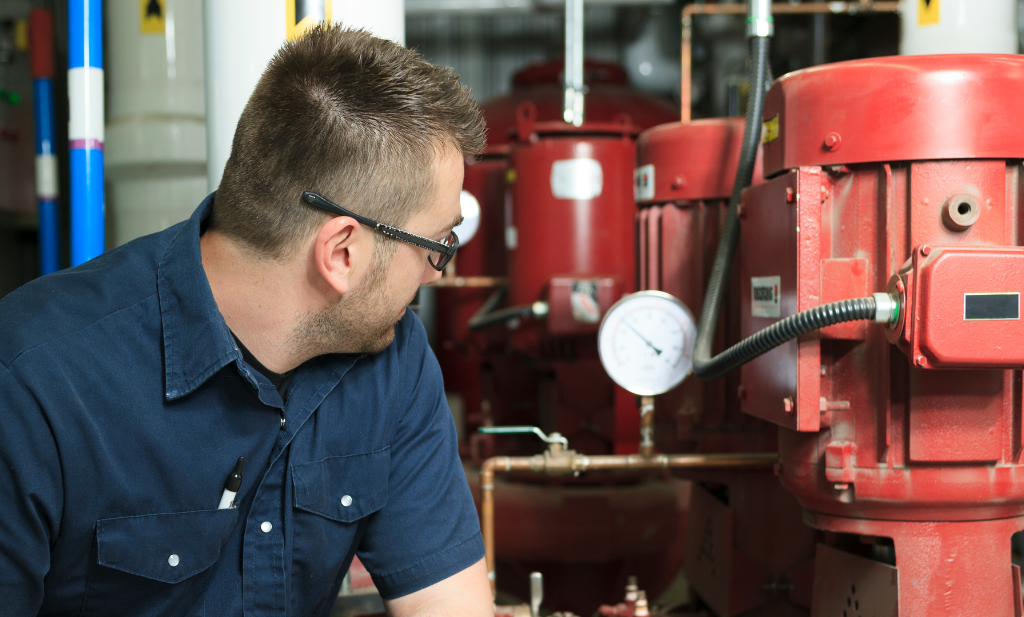- August 5, 2025
- by Emmanuel
- Calibration
How Calibration Services Improve Safety in the Workplace
In modern manufacturing facilities and laboratories, safety and precision go hand in hand. Engineers, quality managers, and lab technicians all rely on measurement instruments to deliver accurate results. When those instruments drift out of tolerance, the consequences can be more than just operational inefficiency—they can pose serious safety risks. This is where professional calibration services play a critical role.
By ensuring that equipment is properly calibrated, organizations can minimize hazards, maintain compliance with safety regulations, and protect both employees and end users.
Why Calibration Matters for Workplace Safety
Accurate measurement is the foundation of safe operations. Whether it’s a pressure gauge on a boiler, a torque wrench in automotive assembly, or temperature sensors in pharmaceutical production, properly calibrated instruments ensure:
Reliable Readings – Preventing incorrect measurements that could lead to unsafe conditions.
Regulatory Compliance – Meeting OSHA, ISO, and industry-specific safety standards.
Preventive Maintenance – Identifying equipment drift before it results in equipment failure or workplace accidents.
Without routine calibration, even small deviations can compromise safety protocols.
Common Safety Risks from Uncalibrated Equipment
Uncalibrated instruments can create hidden risks that aren’t obvious until an incident occurs. Some examples include:
Electrical Hazards – Faulty multimeters may give incorrect voltage readings, leading to unsafe maintenance work.
Mechanical Failures – Inaccurate torque tools can cause under- or over-tightening of bolts, resulting in equipment breakdowns.
Environmental Risks – Incorrect gas detection monitors may fail to alert workers to hazardous levels.
Quality Defects – Out-of-tolerance measurements in production can lead to defective products, which may create downstream safety concerns for customers.
These scenarios highlight why calibration is not just about quality—it’s about protecting people.
How Calibration Services Enhance Safety Programs
Partnering with an accredited calibration provider helps organizations strengthen their workplace safety strategies. Here’s how:
1. Traceable Accuracy
Calibration services use standards traceable to national and international measurement bodies (NIST, ISO/IEC 17025, etc.), ensuring that readings are consistent and defensible.
2. Documented Compliance
Calibrated instruments come with certificates of calibration, providing documentation that proves compliance during audits and inspections.
3. Reduced Risk of Equipment Failure
Regular calibration identifies performance issues early, reducing the likelihood of unsafe equipment failures.
4. Employee Confidence
Workers can trust the accuracy of their tools, improving confidence in safety protocols and reducing the chance of human error caused by faulty instruments.
FAQs: Calibration and Workplace Safety
Q: How often should equipment be calibrated?
Calibration frequency depends on the instrument type, manufacturer recommendations, usage frequency, and regulatory requirements. Many organizations implement an annual or semi-annual calibration schedule.
Q: Does calibration apply to all industries?
Yes. From aerospace to healthcare, any industry that relies on measurement tools for safety or quality benefits from calibration services.
Q: Is in-house calibration sufficient?
Some basic checks can be done internally, but for traceable accuracy and compliance with ISO/IEC 17025, working with an accredited calibration laboratory is strongly recommended.
Conclusion: Safety Starts with Accuracy
Workplace safety depends on the accuracy and reliability of the tools engineers, technicians, and operators use every day. Calibration services not only keep equipment performing within specifications but also safeguard employees, maintain compliance, and protect end users from harm.
Call us to discuss your calibration, test or repair needs at:
713.944.3139.



